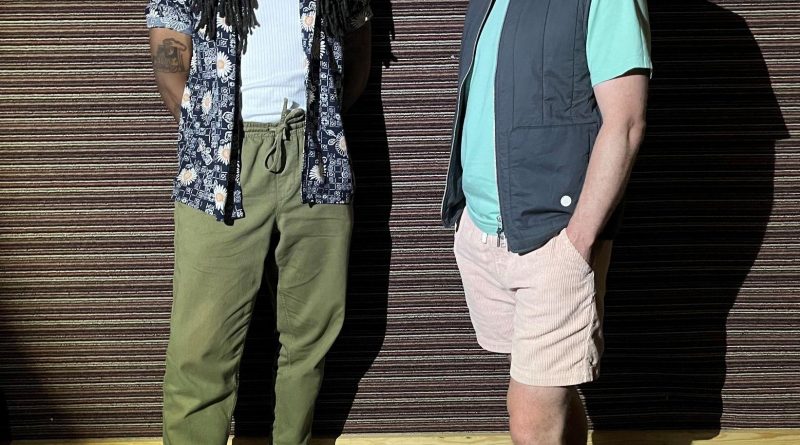The music industry’s influence on fashion trends
Music and fashion are quite different categories in the colourful world of pop culture. However, they intersect beautifully. The relationship between music and fashion runs deep, with each aspect feeding on the other.
Music often inspires fashion, while fashion is a visual representation of music culture, dramatically changing how we dress and express ourselves. In this blog, we will dive into the depths of the music industry’s impact on bringing to life fashion trends.
The Historical Influence on Fashion by Music
Throughout history, music has been a driving force behind fashion change. You don’t need to look further than the Swinging Sixties, a decade when the mod looks emerged, and the British Invasion began.
British Rock Fashion Styles
Groups like the Beatles and the Rolling Stones transformed culture and music and became iconic images of style that shaped their audiences’ tastes. The 1970s then ushered in glam rock, further projecting extreme self-expression through flamboyant fashions.
With their stylized clothing, mascara, and wigs, performers like David Bowie and Marc Bolan drove the 1970s style revolution, and their influence extended even to current fashions.
The Hip-Hop to Grunge Fashion Movement Age
Hip-hop and streetwear had a big impact in the 1980s, influencing millions of young people’s fashion choices thanks to icons like Run-D.M.C. and the Beastie Boys. Music and culture made their next leap forward in the 1990s with the grunge movement.
The grunge movement was a fashion reaction against the level of conformity in mainstream fashions of the era. It declared a disheveled, slacker, anti-establishment style. Bands like Nirvana and Pearl Jam propelled grunge, ushering in a new dissident style that many were actively pursuing themselves.
Some other flashy trends we see today that were born from music include:
- Gender-fluid fashion
- Revival of retro styles
- Emphasis on individuality and self-expression by fashion icons and music artists
Style Icons: Pop Culture and Electro
Many musicians have become bona fide fashion icons. Their style often sparks global trends. Take Harry Styles, for instance, who has brought flares, a popular fashion trend, back into the mainstream, proving that 70s style is still appealing.
Pop music fashion is all about dazzling glitz, high glamour, and nods to pop culture. In contrast, indie and alternative styles favor a laid-back, bohemian vibe, often featuring eclectic, quirky elements. Meanwhile, electronic music fashion pushes boundaries with its futuristic, edgy, and avant-garde aesthetics.
The deep connection between music and fashion reaches its zenith at events like the Grammys, where the anticipation for artists’ red-carpet looks rivals their performances. These high-profile occasions allow musicians to flaunt their style and set new fashion trends.
Other influential artist-stylists include:
- Billie Eilish with her oversized, neon-hued outfits
- Lizzo championing body positivity through fashion
- BTS is setting trends in K-pop-inspired streetwear
TikTok and Music Fashion
In today’s digital age, platforms like TikTok have become powerful fashion influencers. Music-driven trends on the app can spark global fashion movements overnight. TikTok’s algorithm allows niche styles to gain massive exposure. A single viral video can launch a new trend, often inspired by the song it’s set to.
This democratization of fashion influence has given rise to more diverse, inclusive trends. It’s not just about what celebrities wear but what people create and share daily.
The Psychology of Music and Fashion
Why does music have such a powerful connection to fashion? The simple answer is the emotional connection we have to music. Our connection to an artist’s music often breeds the need to embody that artist’s aesthetic and sense of style.
The assertion is evident in music videos, which often display an artist’s powerful style and can help create fashion movements.
Conclusion
The interplay between music and fashion is fluid and constantly changing. As artists, musicians persist in compromising pre-existing boundaries, encouraging us to embody musical expression in our attire.
From Harry Styles’ flared trousers to the trends that emerge from TikTok, music continues to inform the fashion narrative. It challenges the conventional, embraces individual unique expression, and ultimately, keeps the domestic fashion narrative evolving.

